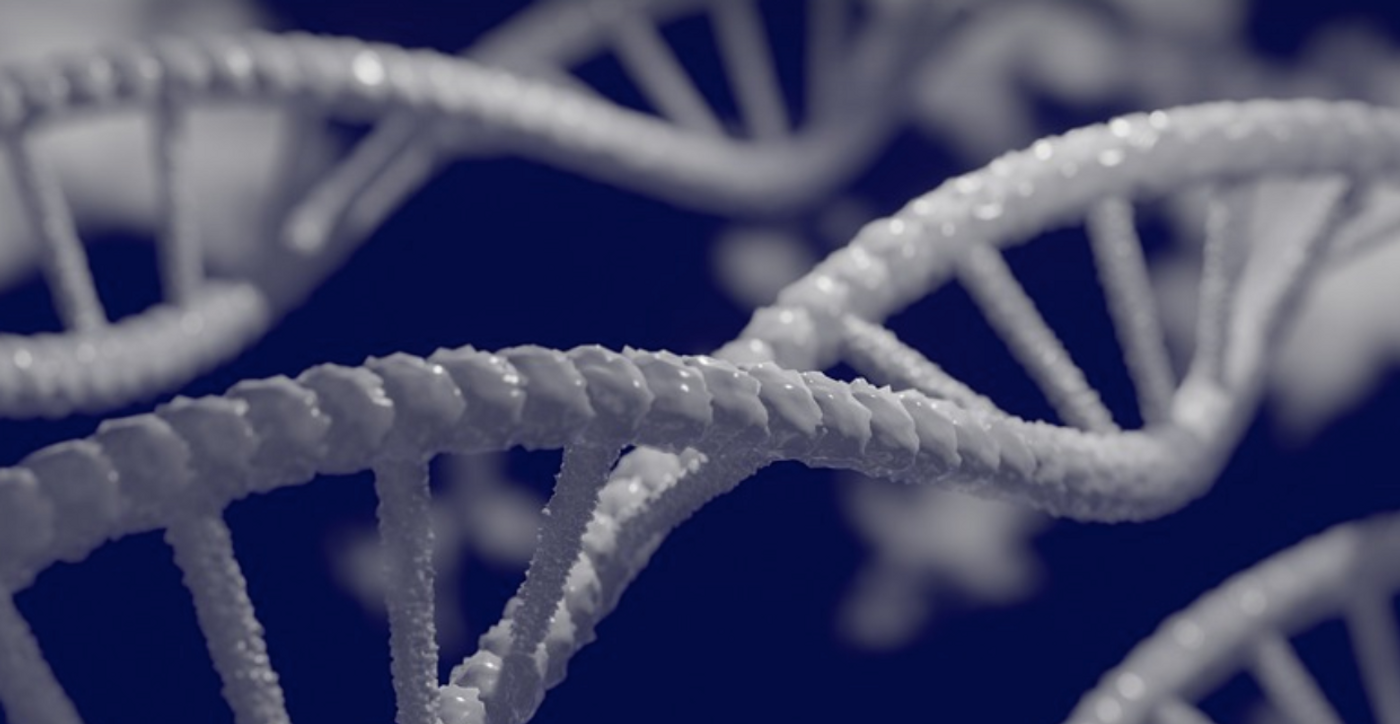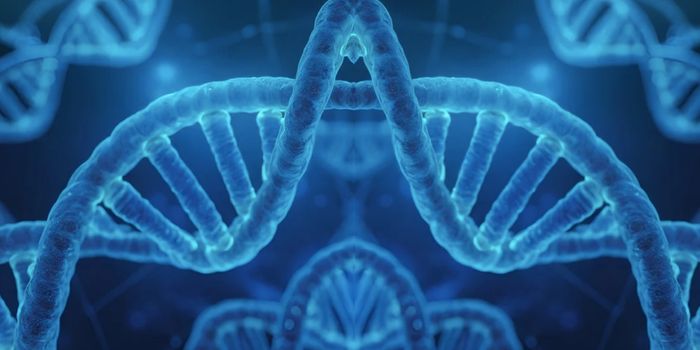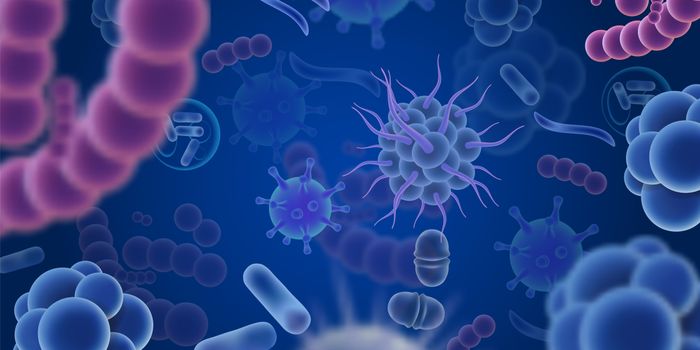Towards a Complete Understanding of Methylation
When researchers began to study the human genome, the focus was on genes that code for protein. Proteins are crucial parts of nearly every aspect of biology, and they are very relevant to human disease, so that made sense. But eventually scientists began to see that there was a lot more to the genome than the protein-coding sequences. The timing and location of gene expression has to be very carefully regulated to ensure that an organism functions properly, and there are many aspects to gene regulation that are also critical to physiology. Epigenetics refers to things that can change the way genes are expressed, but do not affect the DNA sequence. One major epigenetic tag is a chemical group that can be attached, or removed, from DNA sequences, called a methyl group. Methylation can have a dramatic effect on the way genes are expressed.
Now researchers have sought to expand our understanding of this fundamental part of genetics. Using a yeast model as a foundation, scientists have explored the crucial role of methylation in protein production. The work has been reported in the Proceedings of the National Academy of Sciences.
In this work, the investigators identified all of the proteins in a yeast cell that carry methyl groups. The chemical tagging of proteins can be very difficult to completely understand. But the investigators performed a thorough literature review and have concluded that we have revealed almost all there is to know about methylation in yeast cells.
"We've proposed a near-complete picture of this system," said lead study author Dr. Joshua Hamey. "And while it implies that there's not more detail to be discovered in this area, it opens up exciting new questions about the system as a whole and what this methylation tag actually does."
While we know that proteins are often tagged with a variety of molecules, we know far less about how many kinds of these tags that there are, and each piece of cellular machinery that applies them. Enzymes add methyl groups to molecules, which can change their nature and function. Methylation patterns on DNA, for example, can be used to identify cancer or the risk of other diseases.
During methylation, an enzyme interacts with a protein that is being methylated, and an interaction would occur. In this study, the researchers used that knowledge to devise a technique that could determine whether there was still more to be learned about the methylation system, noted co-lead study author Professor Marc Wilkins.
"So if there was more to be discovered, there's essentially going to be an interaction between these two proteins that we don't know about," explained Hamey.
The researchers exploited that link to catalog the existing data and reveal whether there were unknowns, and how many of them there are. This showed that in yeast, methylation has been almost totally characterized.
Many methylation events in yeast are crucial to how the cell responds to its environment, and internal signaling. The proteins in yeast that are methylated are related to crucial processes such as transcription, RNA processing, and translation. The state of the cell depends on these signals, and can determine what proteins are generated.
"As a result of our systematic review we can say that this system seems to be mostly about controlling the way that the cell makes proteins, which is central to how the cell functions," said Hamey. No one methyl tag was found to be absolutely essential, but proteins that are essential were often methylated.
Now that we have a "complete map," researchers will be able to learn more about how the system evolved and how it underlies central biological functions.
Sources: University of New South Wales (UNSW), Proceedings of the National Academy of Sciences









